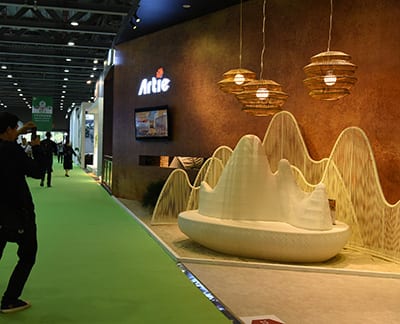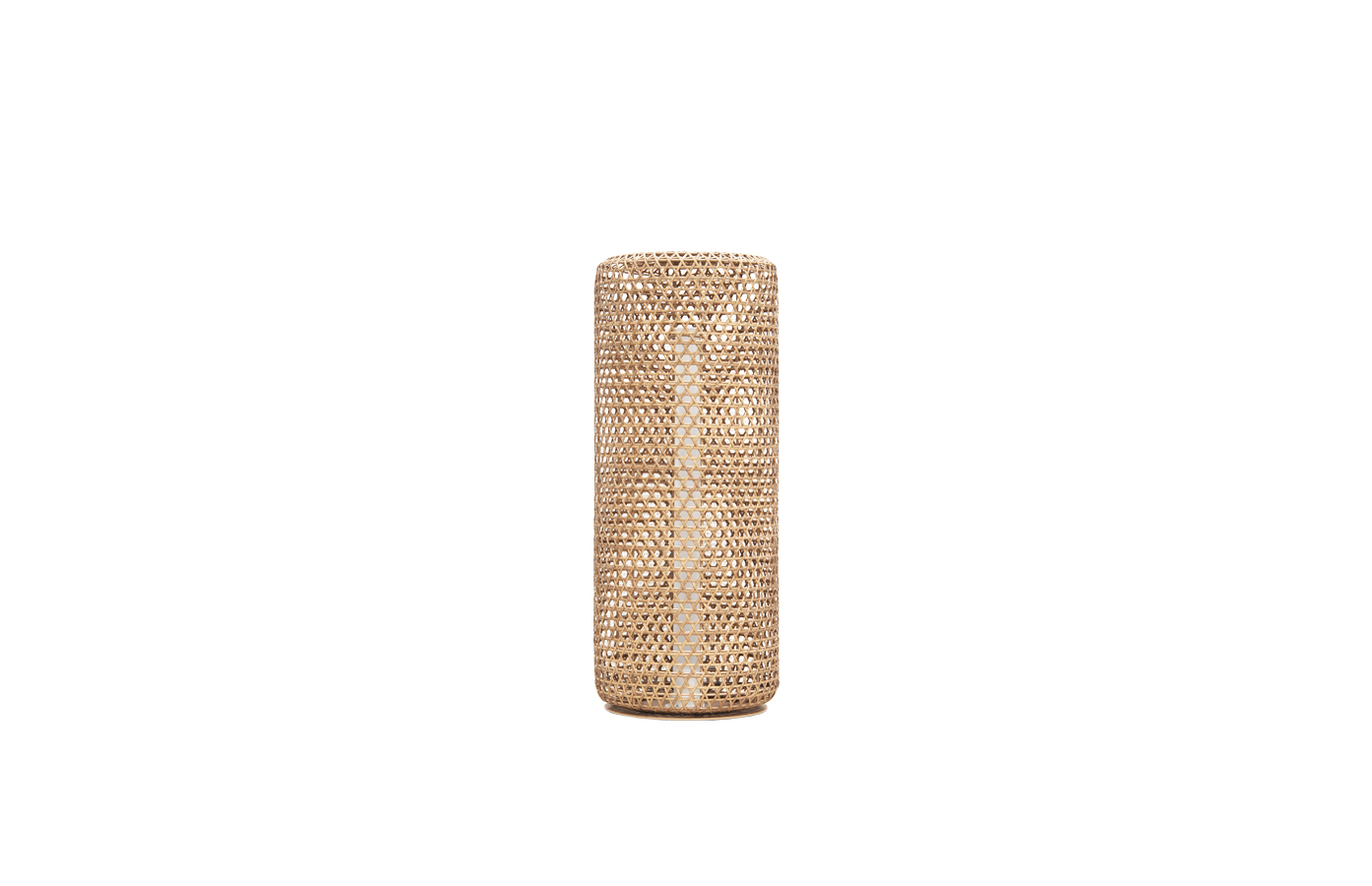
The Transformative Power of Lighting: How Proper Illumination Enhances Mood, Productivity, and Ambiance in Our Lives
****

The Transformative Power of Lighting: How Proper Illumination Enhances Mood, Productivity, and Ambiance in Our Lives
In our daily lives, lighting often goes unnoticed, yet it wields tremendous power over our environment, mood, and overall well-being. The way we illuminate our spaces can influence everything from our productivity levels to our emotional state. Whether it’s the soft glow of a bedside lamp or the bright fluorescent lights of an office, the type and quality of lighting we use plays a crucial role in shaping our experiences. This article delves into the multifaceted impact of lighting, exploring its essential functions and the psychological effects it has on us.
Lighting serves three primary functions: visibility, aesthetics, and ambiance. At its most basic level, lighting allows us to see. From reading a book at night to navigating a dimly lit street, good visibility is essential for safety and comfort. However, lighting does more than just illuminate; it can be an art form. Thoughtfully designed lighting can enhance the aesthetic appeal of a space, emphasizing architectural features and creating a sense of harmony. The interplay between light and shadow can dramatically alter perceptions of a room’s size and atmosphere, contributing to a space’s character.
Moreover, lighting creates ambiance, setting the tone for various activities. Consider how a warm, dimly lit room invites relaxation and conversation, while a brightly lit space can energize and inspire creativity. Different environments call for different lighting solutions. For instance, residential spaces often benefit from layered lighting—combining ambient, task, and accent lights to achieve a well-rounded effect. In contrast, commercial spaces like offices require specific lighting designs that enhance focus and reduce eye strain.
Another vital aspect of lighting is its psychological impact. Studies have shown that exposure to natural light has significant benefits, including improved mood and increased productivity. People who work in environments with ample daylight report feeling more energized and engaged in their tasks. Conversely, inadequate or harsh artificial lighting can lead to fatigue, headaches, and even depression. It’s essential to consider the color temperature of lighting as well. Warmer tones (typically around 2700K-3000K) foster relaxation and comfort, making them ideal for living rooms and bedrooms. Cooler tones (4000K+) are often used in workspaces as they promote alertness and concentration.
In recent years, advancements in lighting technology have paved the way for smarter, more energy-efficient solutions that cater to our changing needs. The rise of LED technology has transformed how we approach lighting design. LEDs consume significantly less energy and have a longer lifespan than traditional incandescent bulbs. They also offer a broader spectrum of color temperatures, allowing us to tailor our lighting choices to create any desired atmosphere. Smart lighting systems further augment our ability to control our environment, enabling us to adjust brightness levels, color temperatures, and even the timing of our lighting through apps and voice commands.
As society becomes increasingly aware of sustainability, lighting choices are also being influenced by eco-consciousness. Integrating energy-efficient lighting into homes and workplaces not only reduces environmental impact but can also lead to significant cost savings on energy bills. This aligns with a growing trend of creating eco-friendly and sustainable spaces that prioritize well-being and environmental stewardship.

The Transformative Power of Lighting: How Proper Illumination Enhances Mood, Productivity, and Ambiance in Our Lives
However, it’s not just the types of light fixtures that matter; the placement and design of lighting can greatly influence our day-to-day lives. Well-placed lights can enhance the functionality of spaces, making kitchens more efficient, offices more productive, and living rooms more inviting. Designers often recommend placing lights at different heights and angles to eliminate shadows and ensure a more uniform distribution of light.
In conclusion, lighting is more than just a practical necessity; it plays an integral role in shaping our experiences and environments. From its impact on mood and productivity to its ability to craft ambiance and aesthetics, understanding the power of lighting can transform how we perceive and interact with our surroundings. As we continue to innovate and adapt our lighting solutions, we have the opportunity to create spaces that not only look good but feel good as well—ultimately enhancing our quality of life. Whether at home, work, or in public spaces, let us embrace the art and science of lighting to brighten our world in meaningful ways. Cast Aluminum Furniture


